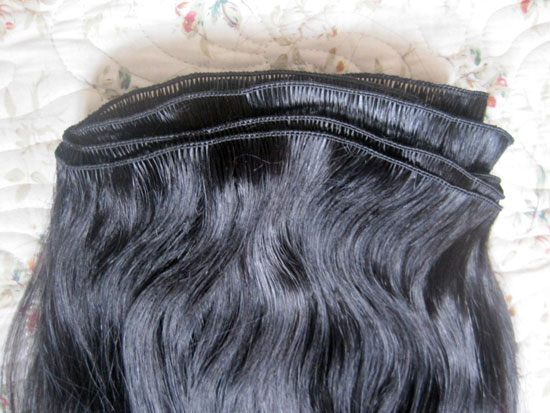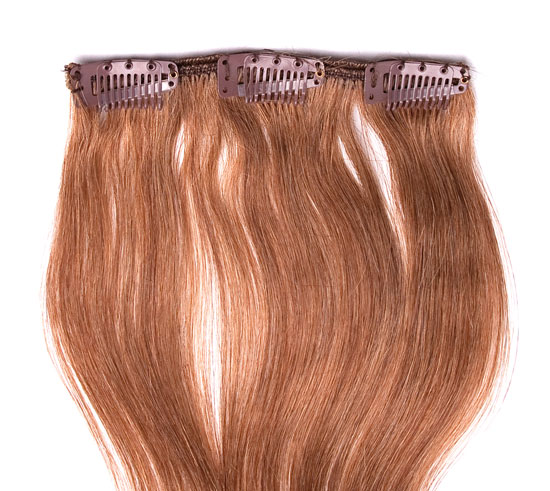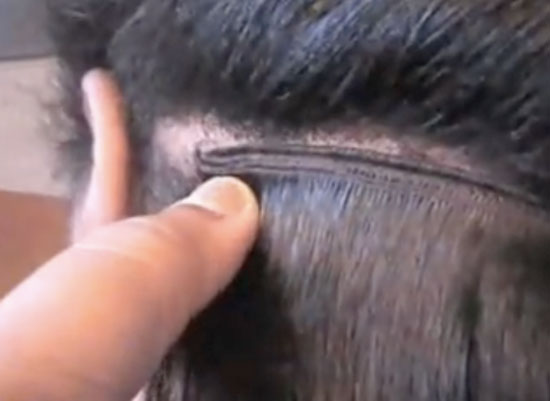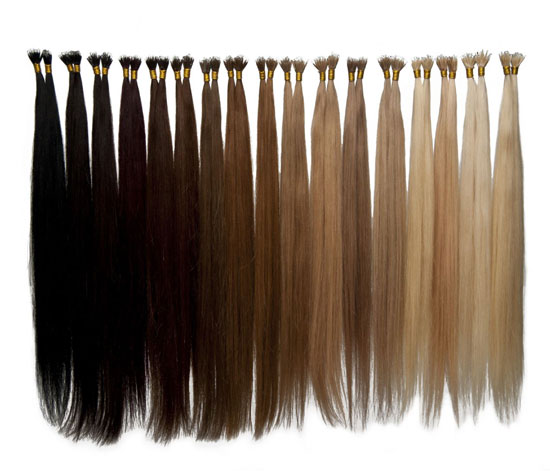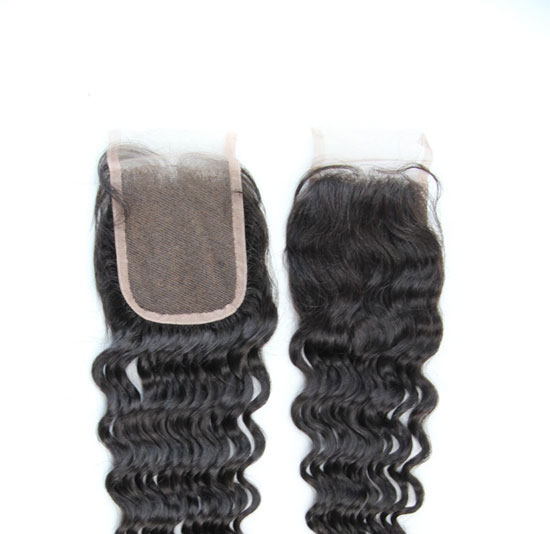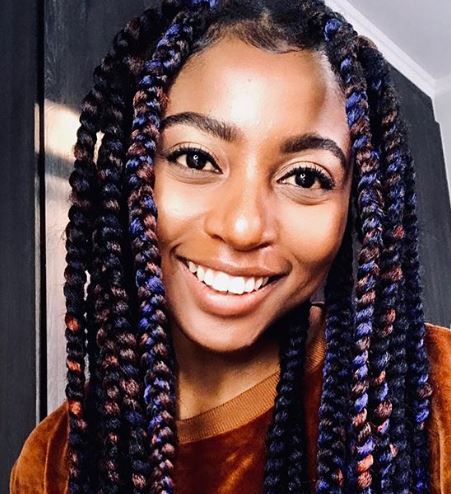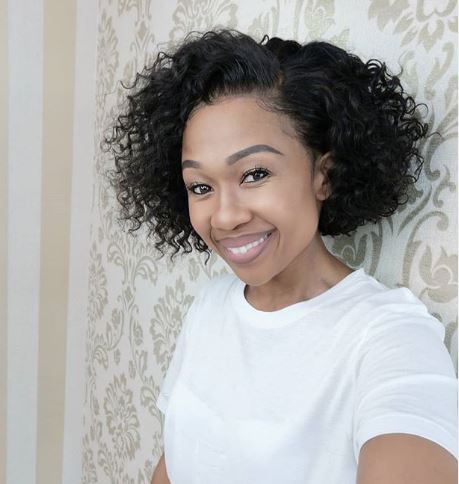
Over the years weaves have gained popularity with women. They’re a great trick for an instant hair make-over and perfect to add length or volume to your natural hair. Synthetic (fake) or Remy (real) hair can be added to your own, using various methods. We show you the best available options for hair extensions and how to put them on.
6 terms you need to know when it comes to weaves & wigs
1. Weft/Weave
Weft is a hair extension that has a seam (sewed row) at the top, which you attach to your own hair.
2. Clip-Ons
For a quick change in hairstyle, be it for a party or the week ahead, clip-on hair extensions will suit you best. This hair technique is the least permanent and can be done at home. The hair weft has small hair clips sewn onto them, which makes it easy to put on and take off as you please. Clip-on extensions come in different lengths to accommodate your whole head. The longest strip will be placed in the center of your head stretching from ear to ear.
How To: Make a path where you want to place the hair weft; clip it onto your natural hair making sure the clip is facing your scalp.
3. Bonding/Sealing
Bonding is applying hair glue to the weft before attaching it to your natural hair. This too lasts for a short period of time because of the hair products you apply on your hair. This technique is fast to do, but will only last a few weeks as the glue will loosen.
How To: Separate the hair where you want to put the weft. Apply hair glue onto the seam of the hair and paste it onto the scalp between the hairs you separated. Do not apply glue onto your natural hair as it will damage it.
4. Fusion and infusion
Fusion and infusion installed weaves will give you the most natural looking weave. The weave is not a weft but single hair strands that you attach to your natural hair. This will allow you to leave your hairline untouched as you plait the centre of your hair. You may style your hair up or down without seeing where the hair extension meets the hair. These methods allow you to wash your hair regularly without hassles to redo it. Hair infusion extensions are known to protect natural hair as it does not use heat appliances to be linked to the natural hair.
How to: Fusion A heat clamp is used to melt the glue to attach the hair extension to the natural hair. Infusion The hair is attached to your natural hair with small elastic bands and the hair is reusable.
5. Lace Front (lace front or closure)
The most recent development in weave extensions are lace fronts. Lace fronts are made from a nylon mesh material, styled into a cap that is hand-ventilated by knotting single strands of hair into the tiny openings of the cap, giving the hair a more natural and lifelike link than typical extensions.
How To: Lace extension can be sewed in or attached to your hairline with special glue. To ensure a proper fit, head measurements are taken into account with this type of weave. A lace frontal is best placed by a professional, since more advanced weaving and hair extensions are used.
6. Tips for natural hair
When you have a weave you still need to care for your natural hair to help it grow without breakage.
- Always base your scalp and hair with hair food every night to keep it from breaking.
- Ask your hairstylist to plait your hair in a circle and not in rows to the back as this will save your hairline.
- Wash your weave at least every three weeks as this will clean your natural hair underneath too.
Read more hair

